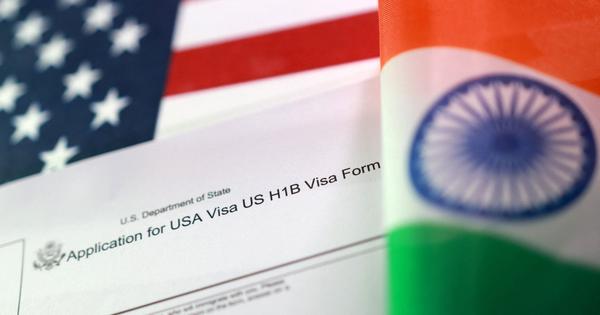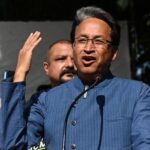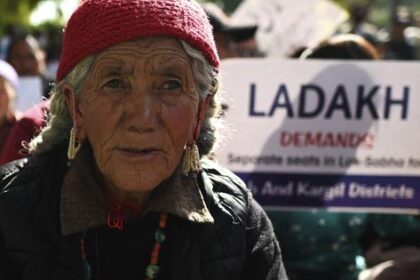Confusion surrounding new H-1B visa fees raises concerns among Indian communities and tech industry experts.
Following a week filled with uncertainty and clarifications, immigration attorneys are reporting that essential details about the new $100,000 fee for H-1B visas remain unclear. The announcement from the US government has prompted anxiety within Indian communities and the technology sector, particularly as these regulations could impact many individuals seeking or holding H-1B visas.
On September 19, US President Donald Trump issued a proclamation titled “Restriction on Entry of Certain Nonimmigrant Workers.” This proclamation has generated considerable confusion, especially among H-1B visa holders. The situation escalated when an Emirates flight from San Francisco to Dubai was delayed for three hours due to H-1B visa holders seeking clarity about their re-entry into the United States. At least five passengers chose to deboard the aircraft before its departure.
Clarifications emerged shortly after the proclamation, with White House Press Secretary Karoline Leavitt stating that the new fee would apply only to new visa applications, explicitly excluding renewals and current visa holders. This fee is equivalent to approximately Rs 88 lakh. The United States Citizenship and Immigration Services (USCIS) confirmed that the proclamation does not affect existing visa holders or those who applied before the September 21 cut-off date.
Despite these assurances, immigration attorneys stress that uncertainties persist regarding how the new rules will impact Indian nationals currently working or seeking employment in the United States. H-1B visas, typically issued for three years, require renewals, but it remains ambiguous whether the $100,000 fee will apply to extensions or situations such as employer transfers. While the White House has indicated that renewals are exempt from the fee, attorneys caution that this might not cover common scenarios like workers changing employers or students transitioning to work status.
Nicole Gunara, an immigration attorney with Manifest Law, pointed out that USCIS has not specified whether transfers or changes of status qualify as “renewals.” Consequently, Gunara recommends that employers assume the fee applies to most filings outside straightforward extensions with the same employer.
The new regulations will not impact the current lottery cycle for H-1B visas but will take effect for the next cycle starting in March 2026. The uncertainty surrounding the fee’s applicability extends to this future cycle as well. As the proclamation is set to expire on September 21, 2026, just days before the new visas are granted, questions remain about whether the fee requirement will continue, be extended, or be reinterpreted.
There is also a provision in the new rules that could enable large employers to bypass the $100,000 fee. The Secretary of Homeland Security has discretionary authority to exempt individuals, companies, or industries from the fee if their hiring is considered to be in the “national interest.” Major technology firms, which significantly benefit from the skilled-worker visa program, may leverage this loophole.
Indian nationals make up over 70% of H-1B visa recipients, with many occupying roles in technology and healthcare sectors. The new fee is expected to have repercussions beyond the tech industry, potentially affecting the healthcare sector as well, where Indian medical graduates represent a substantial portion of foreign-trained doctors in the US.
Experts predict that the high visa fee may also steer Indian students and workers towards educational opportunities in other countries, possibly impacting the American university system, which currently sees a significant number of Indian international students. Sudhanshu Kaushik, a PhD student at Johns Hopkins University, expressed concern that the rising costs and associated risks of studying in the US may deter future students from pursuing their education there, indicating a possible shift in the perception of higher education in America.








